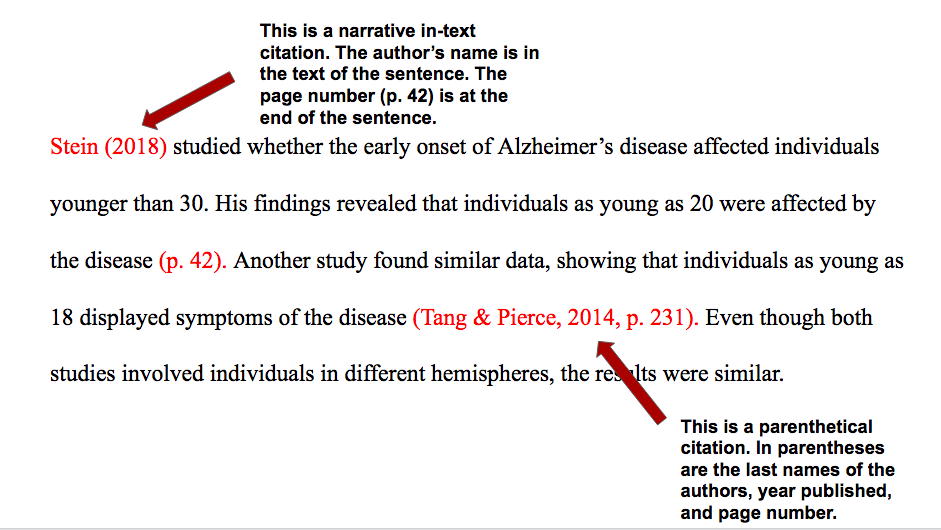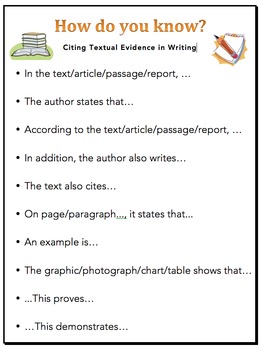

Hemingway not only uses this excerpt for the title of his novel, he also makes use of the idea in the novel, as he clarifies and elaborates the abstract philosophy of Donne by using the concept of the Spanish Civil War. Inter-textual references 1.Reasons for choice or ideas: Phone box we have chosen this because it creates a feeling of isolation and claustrophobia. textual community Quick Reference A term of recent coinage, a ‘textual community’ means a place or social circle where manuscript texts are or were produced, read, and circulated by and for a certain group. “No man is an island … and therefore never send to know for whom the bell tolls it tolls for thee.” He takes the title of a poem, Meditation XVII, written by John Donne. In the following example, Hemingway uses intertextuality for the title of his novel. Example #5: For Whom the Bell Tolls (By Earnest Hemingway) Generally, the motive of this theme is to introduce other themes, such as evil actions, losing innocence, and redemption. The in-text citation should point to a reference list entry on your bibliography or works cited page. These citations appear at the end of a sentence, usually before the period, and may be in parenthesis or as a footnote or endnote.

In doing so, he uses Edmund, a character that betrays his savior, Aslan. Textual citation refers to in-text citations that show where an idea came from. Lewis uses an important event from The New Testament, transforming it into a story about redemption. A referenciação está relacionada com a maneira pela qual introduzimos novos elementos em um texto e, também, ao modo como os referentes são retomados. He, very shrewdly, weaves together the religious and entertainment themes for a children’s book. Lewis adapts the idea of Christ’s crucifixion in his fantasy novel, The Lion, the Witch and the Wardrobe. Example #4: The Lion, the Witch, and the Wardrobe (By C. Instead, Golding grounds this novel in bitter realism by demonstrating negative implications of savagery and fighting that could take control of human hearts, because characters have lost the idea of civilization. He, however, changes the narrative into a cautionary tale, rejecting the glorified stories of Stevenson concerning exploration and swash buckling. However, Golding has utilized the concept of adventures, which young boys love to do on the isolated island they were stranded on. anything considered to be a subject for analysis by or as if by methods of literary criticism.William Golding, in his novel Lord of the Flies, takes the story implicitly from Treasure Island, written by Robert Louis Stevenson.composed of more than one sentence, that forms a cohesive whole. Linguisticsa unit of connected speech or writing, esp.Printingtype, as distinguished from illustrations, margins, etc. Information and user interface components must be presentable to users in ways they can perceive.Religionthe letter of the Holy Scripture, or the Scriptures themselves.It embraces the entire global system of rules and principles which govern the exercise of constitutional. More than 100 reference examples and their corresponding in-text citations are presented in the seventh edition Publication Manual. one chosen in proof of a doctrine or as the subject of a sermon: The text he chose was theSermon on the Mount. The Constitution is more than a written text.

Religiona short passage of Scripture, esp.the wording adopted by an editor as representing the original words of an author: the authoritative text of Catullus.any of the various forms in which a writing exists: The text is a medieval transcription.the actual wording of anything written or printed: You have not kept to the text of my remarks. Reference Quick Guide (PDF, 225KB) Textual Works Textual works are covered in Sections 10.110.8 of the Publication Manual.



 0 kommentar(er)
0 kommentar(er)
